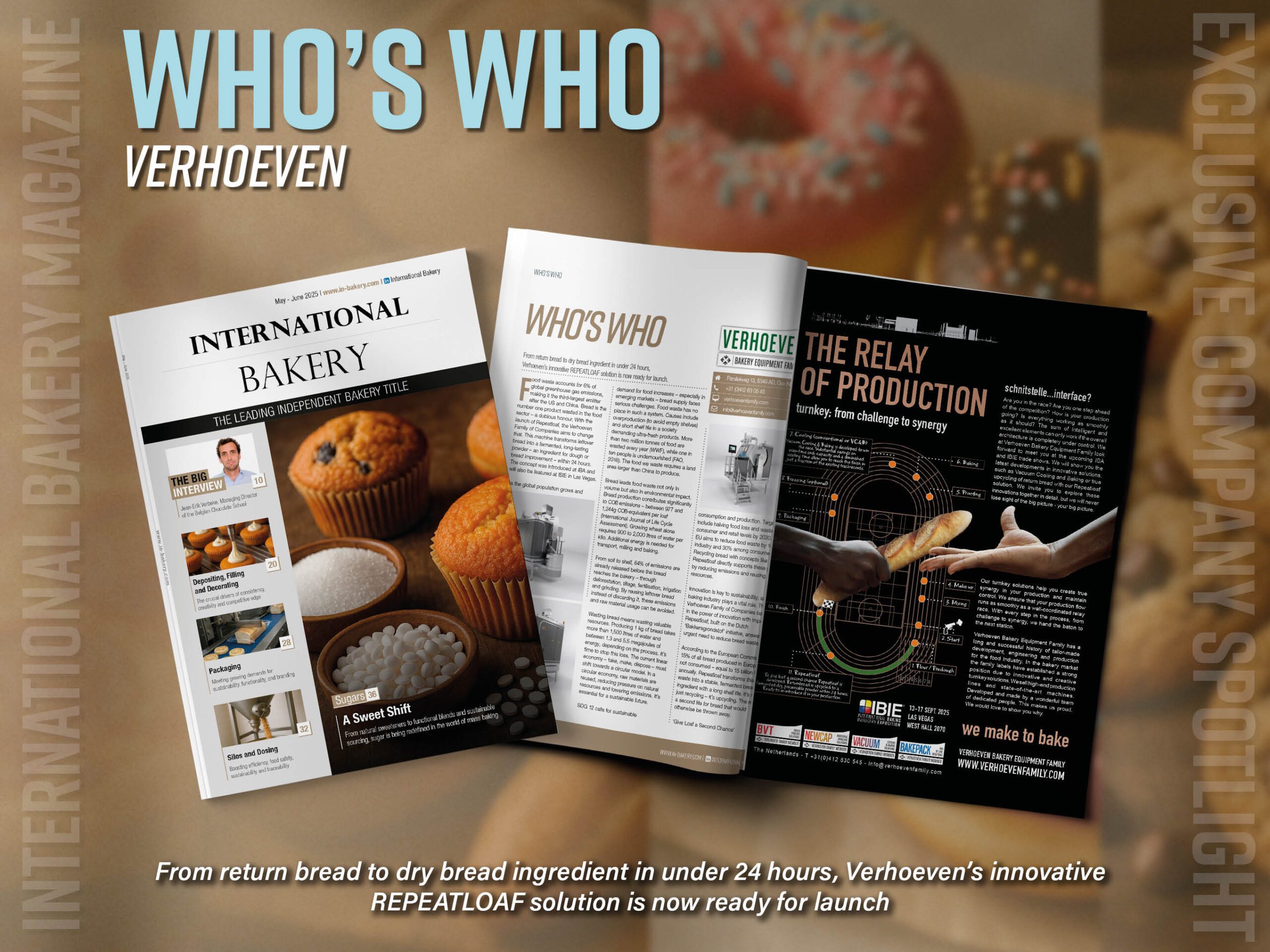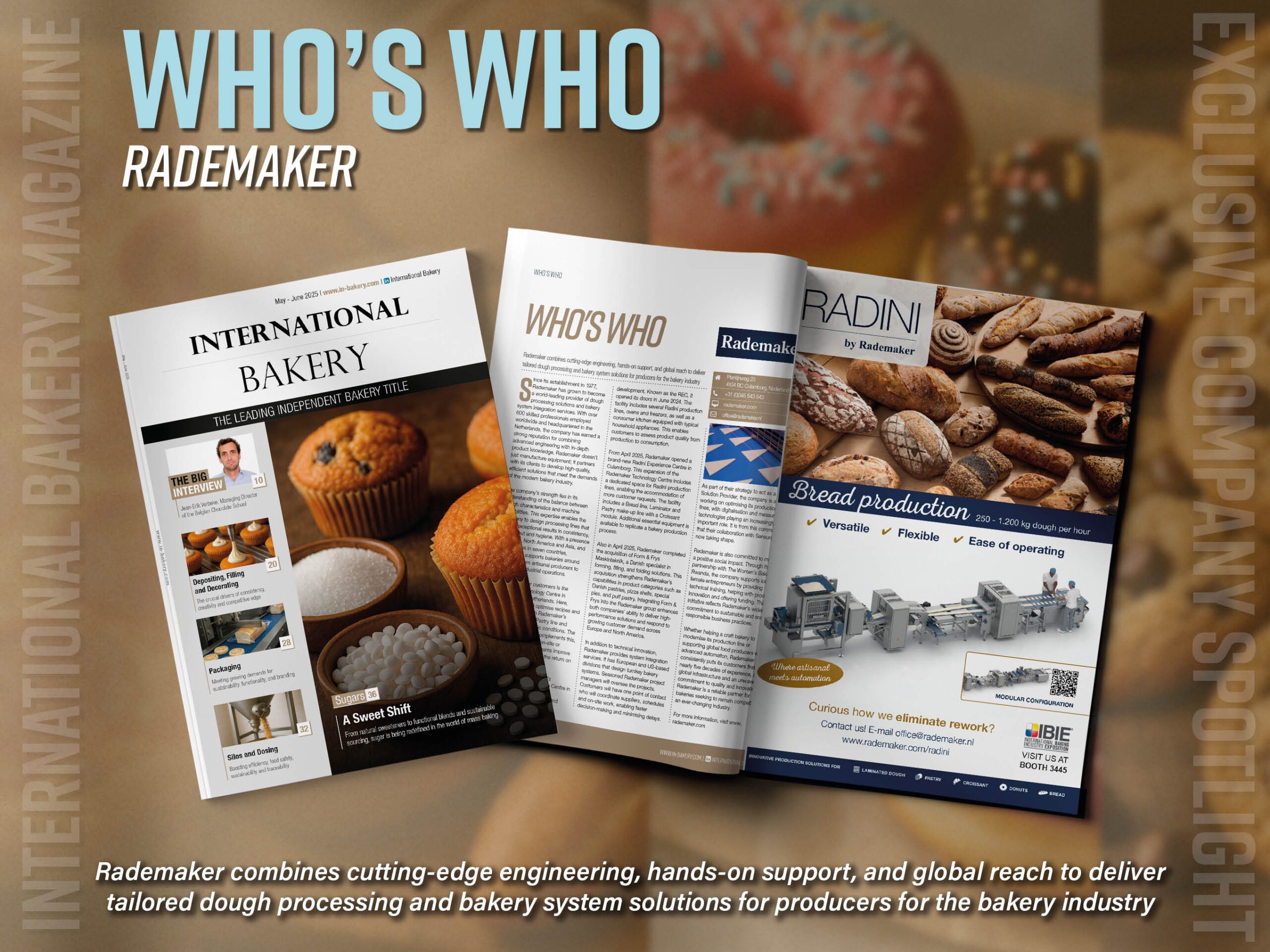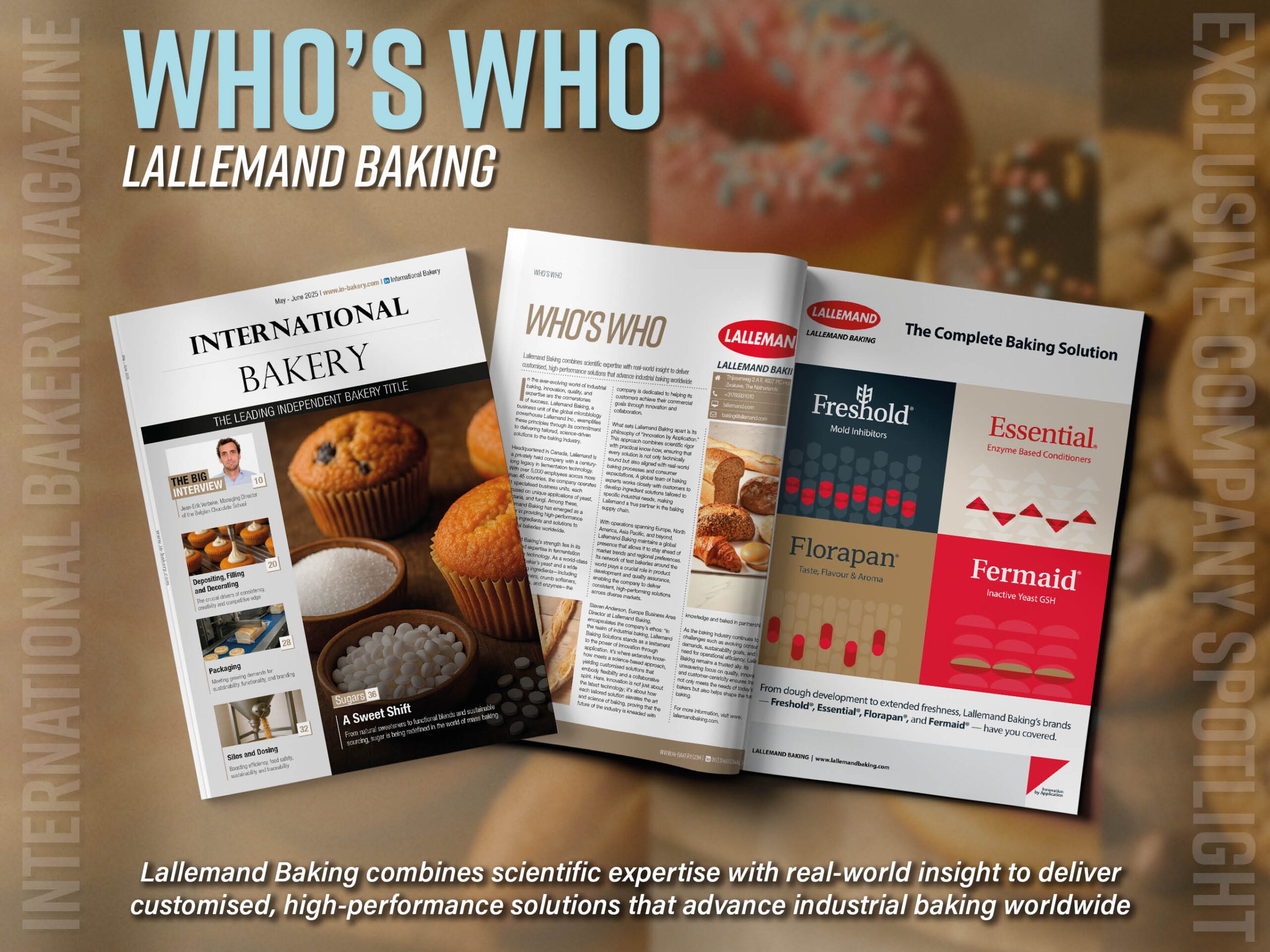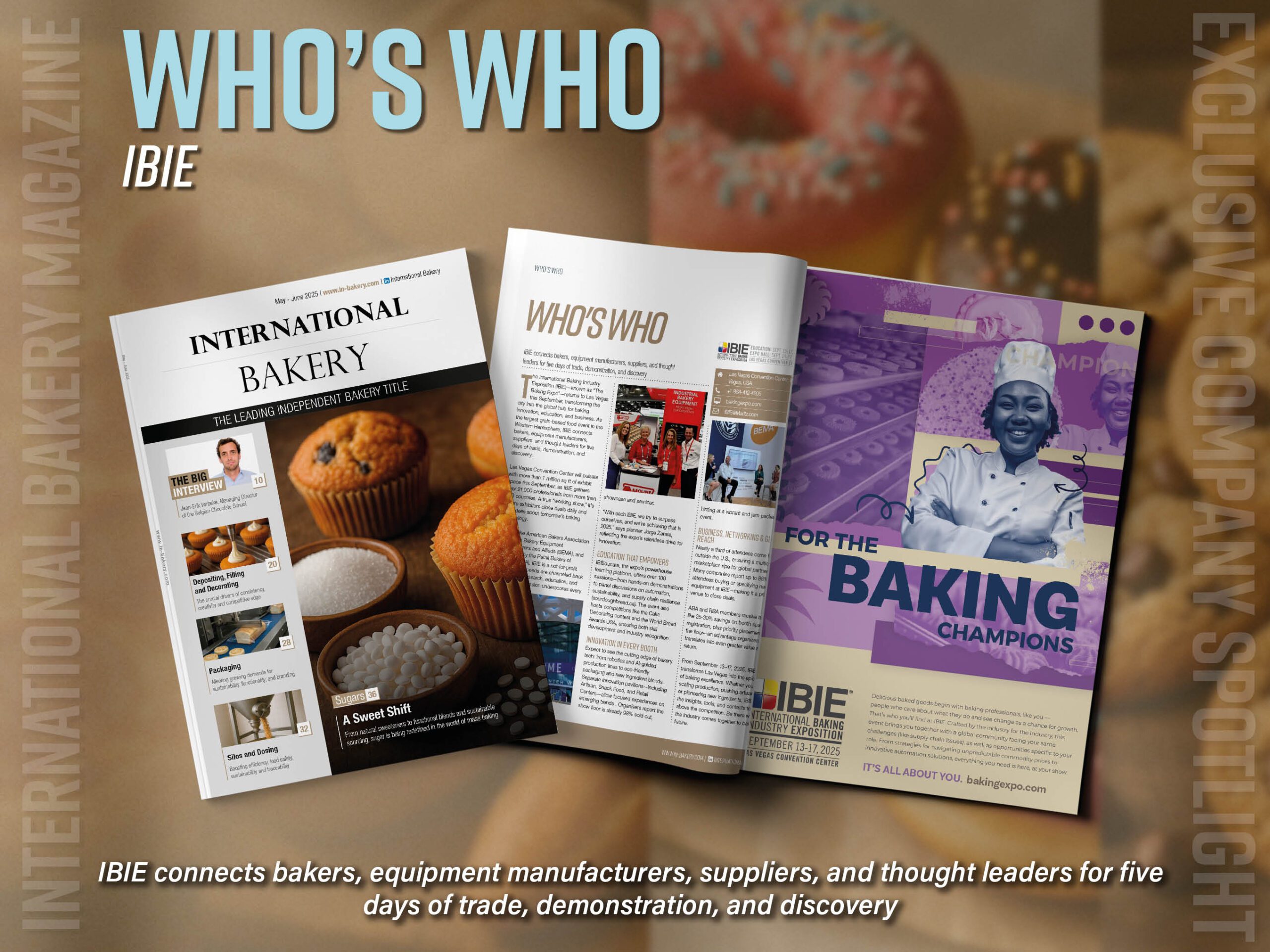Within the sweet bakery market in North America, innovators are increasingly focused on cleaner labeling and the provision of products for special diets, but they cannot afford to sacrifice taste and indulgence as these are still the single most important drivers to purchase.
Consumer research has shown that 40-50% of North American consumers buy cakes, pastries and sweet goods simply because they’re tasty and a similar number because they want to indulge or reward themselves. There is also a strong “feel-good” factor involved, with a further third saying that they buy cakes to make themselves feel happy.
When it comes to taste demands, 53% of consumers also expressed a clear preference for new and exciting flavors so it is no surprise to find a thriving market for limited edition launches in both cakes and cookies. In addition, seasonality remains important, including products for specific celebrations, e.g., Christmas and Halloween, or simply for specific times of year, e.g., pumpkin spice flavored products, which have become an annual focus of development in the Autumn.
While cakes and cookies are inherently indulgent, this image can be further enhanced through the transfer of tastes from other indulgent categories, e.g., Pepperidge Farm Milano Amaretto Hot Cocoa cookies or Glico Pejoy Caramel Macchiato cookie sticks. Meanwhile, co-branding is another taste-related tool used widely by bakery innovators, e.g., Reese’s Peanut Butter Cup Oreo cookies.
Although taste is still king in the sweet bakery arena, suppliers continue to balance flavour and indulgence with clean, positive nutrition. For example, new product activity demonstrates a clear increase in the use of Non–GMO and HFCS Free (high fructose corn syrup) claims, and many messages of this kind are moving to the front of packs.
Gluten free development has boomed over the past 10-15 years and is now so established that the market is segmenting to include an ever more diverse range of gluten free products. It is also attracting attention from more mainstream brands. For example, in early 2020, Pepperidge Farm launched gluten free versions of its Farmhouse cookies, while a gluten free Oreo cookie is slated for launch this year.
Other growing segments within sweet bakery include products with high protein contents and low carb/high fat choices geared towards keto diets. Between 2015 and 2019, the share of new products carrying High in/Source of Protein claims increased at a CAGR of almost 19% to reach 5% of all launches. Meanwhile, in the US, although keto claims remain niche, they increased five–fold between 2018 and 2019 and more than doubled again in 2020.
Looking ahead, there are growing signs of interest in “plant based” descriptors in this market so more of these positionings are expected going forward. Meanwhile, the trend towards palm oil reduction could transfer to North America from Europe. The COVID-19 crisis ensures continued demand for indulgent and familiar products for comfort eating, but there could also be future scope for mood foods, e.g., baked goods with calming CBD or adaptogens. Immune health demands could also open doors for probiotic products or those with immune friendly superfood ingredients.
To stay up to date on the latest, trends, innovations, people news and company updates within the global bakery market please register to receive our newsletter here
Media contact
Kiran Grewal
Editor, International Bakery
Tel: +44 (0) 1622 823 922
Email: editor@in-bakery.com






